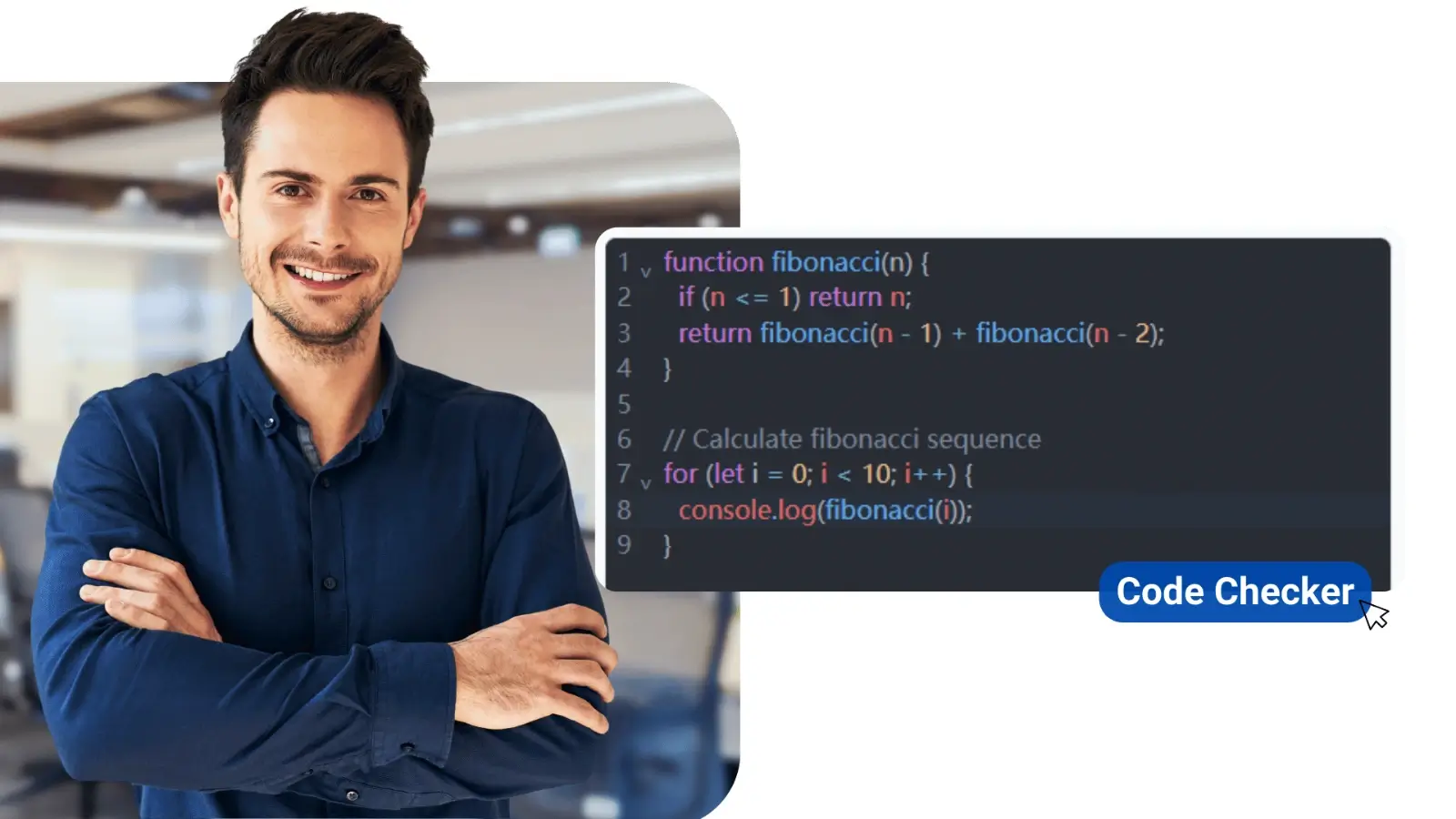Cross-platform app development is currently the leading way of creating mobile apps. Developers and businesses prefer cross-platform apps for their convenience and performance. But there are several cross-platform app development frameworks in the market, and deciding between them is often more difficult than the actual development itself.
However, Flutter is Google’s own SDK for building cross-platform apps that is fast becoming the staple for mobile application development. Flutter mobile app development services can develop modern, high-performing, and scalable mobile applications that are setting the standard for future mobile apps.
In this blog, we’ll give you ten compelling reasons why Flutter is the future of mobile app development and why you should make it a part of your tech stack.
What is cross-platform app development?
Cross-platform app development is the practice of building an application using a single codebase that runs on multiple operating systems, such as iOS and Android.
Prior to cross-platform apps, developers had to create two separate apps from scratch for different operating systems. This is the native app development way, which requires double the amount of effort and cost to build the same app.
As mobile phone proliferation increased in the 2010s, developers found it challenging to create mobile apps for various mobile platforms separately. This predicament necessitated an alternative way of application development, and as a result, cross-platform app development frameworks were introduced.
Xamarin was the first popular cross-platform SDK that was introduced in 2011. Since then, several cross-platform development frameworks have been released, such as:
-
Flutter
-
React Native
-
Unity
-
Ionic
But out of all these platforms, Flutter is the most popular with over one million developers worldwide. According to a survey, Flutter mobile app development services control 46% of the mobile app development market share.
Why is Flutter so popular?
Flutter was introduced by Google in 2017 as an open-source UI SDK. It uses its own programming language called Dart, which is similar to Java and C# in structure. Flutter app development has quickly established itself as the backbone of modern mobile app development despite being a young platform.
But why are Flutter mobile app development services so popular? There are several reasons behind their rise to prominence; let’s take a look at them.
1. Google’s backing
Flutter is Google’s own brainchild, and the Silicon Valley giant uses the platform in many of its own projects. Google Ads, the world’s premier online advertising platform, is built using Flutter. Furthermore, Flutter is the default UI framework for Fuchsia OS, which is Google’s next-gen operating system.
This gives the platform long-term backing, continuous updates, and support for developers.
2. Stunning UI and custom widgets
UI is the forte of Flutter and a major reason why people partner with Flutter mobile app development services. You can create visually pleasing UIs for your app with custom widgets in the framework.
It is able to do that because Flutter renders its own widgets, which gives developers pixel-level control over design and consistency across devices.
3. Faster development with hot reload
Flutter has a hot reload feature that lets developers instantly see changes without restarting the entire app. This allows Flutter mobile app development services to rapidly try new iterations and UI experiments, which significantly expedites the whole app development process.
4. Native-like performance
Native apps usually have a better performance than cross-platform ones because they are written specifically in the programming language of the target OS. However, Flutter mobile app development services deliver almost native-like performance because Dart compiles directly to native ARM code.
5. Strong community
Flutter has one of the fastest-growing developer communities. The platform has a wealth of third-party, open-source plugins and libraries, which make development easier and adds more features to the app.
10 reasons why Flutter is the future of mobile app development
If you think Flutter’s current strengths are impressive, keep on reading to know about the framework’s long-term potential. Flutter mobile app development services are getting better and more sophisticated as the framework is evolving.
Here are the top 10 reasons why we are sure that Flutter is here to stay and Flutter mobile app development services will define the future of mobile apps:
1. Flutter is expanding beyond mobile
Flutter is great for building apps for mobile, desktop, and the web. However, so far, it’s mostly used for mobile app development. That is because Flutter was originally designed for iOS and Android, and it matured early for mobile platforms, before web or desktop apps.
But that is no longer the case as Google is working to improve the framework to support Windows, macOS, Linux, and web apps. Developers are now using it even in embedded systems and smart TVs.
Therefore, if you want a truly universal UI framework for the future, Flutter is your best bet.
2. UI-as-code paradigm is gaining ground
The UI-as-code paradigm is a modern approach to building app user interfaces. In traditional development, UIs are usually created using markup languages like XML or HTML. This approach requires developers to write detailed instructions on how to update the UI according to state changes.
However, UI-as-code does that declaratively by describing what the UI should look like, and the framework handles how to do it itself. This new way of creating UIs is more streamlined, dynamic, and collaborative.
Flutter mobile app development services use Dart’s declarative UI model to align user interfaces with this modern development trend, which makes it future-compatible.
3. Flutter Flow and low-code ecosystem
Technology companies are changing the way they operate. Technical and non-technical teams working in silos is no longer the case as their work is so overlapping, without input from non-technical teams, entire projects can get off the track.
That is why no-code/low-code platforms are gaining traction because they allow non-developers to give their input in the application development process.
FlutterFlow is a low-code visual development platform for this purpose. It provides a drag-and-drop UI builder to create cross-platform apps. Flutter mobile app development services use this feature to allow product managers and non-developers to ship apps quickly.
4. AI and machine learning integration
AI and machine learning solutions are permeating every industry with each passing year, and Flutter mobile app development services are no exception. Flutter is on top of that, with Dart’s server-side capabilities evolving to integrate AI-powered features in Flutter apps.
The framework now offers an AI toolkit that has a set of chat-related widgets that allow you to add an AI chatbot to your Flutter app.
5. Flutter’s backward-compatible focus
Native apps often break when new versions of Android or iOS roll out, but Flutter avoids that by decoupling the UI from OS-level changes. It has its own rendering engine, Skia, that is insulated from platform-induced inconsistencies.
In the future, where long-term stability will be vital for an app’s success, Flutter mobile app development services can develop apps that have a longer shelf life for every version with less maintenance overhead.
6. It reduces app fragmentation
One of the biggest pain points in app development is inconsistency between platforms. Your app isn’t ready for the Future if it behaves differently on Android and iOS. Skia removes the reliance on native platform components, which gives a consistent UI/UX across all platforms.
With the rise of IoT devices, this will be even more important going forward as apps will run across screens of various sizes.
7. Ideal for Progressive Web Apps (PWAs)
PWAs are built using web technologies and are accessed like a website, but give the experience of a platform-specific app. These kinds of web apps will form the bulk of web applications in the coming years.
Google released Flutter 2.0 in 2021, which specifically supports building PWAs that look and behave like native mobile apps that run in the browser.
8. Adoption by global brands
Large enterprises such as BMW, Toyota, eBay, and Alibaba are actively working with Flutter mobile app development services to build production apps. These are some of the popular apps made in Flutter that serve millions of users:
-
My BMW
-
Alibaba Group
-
Hamilton
-
Philips Hue
As more global companies validate Flutter through adoption, it builds confidence for CTOs and developers to include Flutter in their enterprise tech stack.
9. Flutter localization and i18n
Only those businesses that have an international perspective will survive the future competition. That requires building apps with a global audience in mind. For that purpose, mobile apps must support multiple languages and accessibility standards from day one.
Flutter mobile app development services use Flutter’s localization abilities to prioritize inclusive design and global reach for serious, scalable app development. Using flutter_i18n package, you can make your app international using simple .xml, .yaml, or .json files.
10. Growing community and future-proof
As we mentioned earlier, Flutter is here to stay and define the future of mobile app development. Google is fully committed, and it has a massive growing community with new developers entering Flutter app development each year.
The number of Flutter mobile app development services is steadily increasing, which shows a great market demand. Therefore, you can be assured that the framework won’t be going obsolete or abandoned any time soon.
Conclusion
Flutter is to mobile app development what Shopify is to eCommerce. It is an all-in solution that is fast, scalable, and has changed the rules of the game. Google made a significant leap in its efficiency and reach in the app development market by introducing the framework.
Flutter mobile app development services deliver real, practical solutions that combine native performance with declarative UI and direct access to device capabilities.
But its future lies not just as a mobile framework, but as the interface layer for the next generation of digital experiences. If you’re a developer looking to enter into mobile app development or a business that wants to build a modern mobile app, Flutter is the ideal option that will deliver for the future.

















